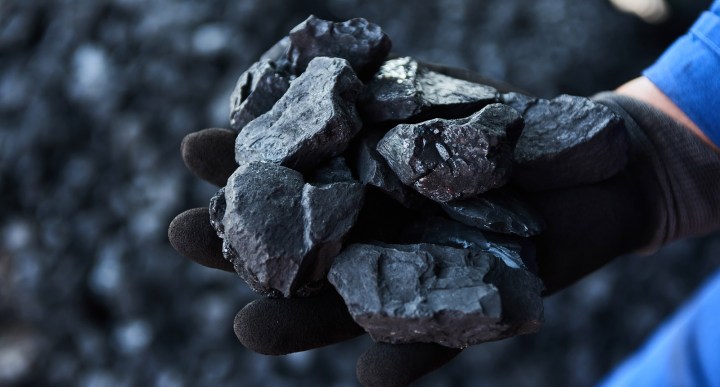ANALYSIS
Application for class action suit over lung disease filed against oxygen-deprived coal sector

Richard Spoor, who spearheaded the R5bn silicosis class action settlement against South Africa’s gold sector, is now targeting the coal industry over occupational lung disease. It comes as the coal industry is increasingly being deprived of the oxygen called capital that it needs to survive. That may make for a faster settlement after the sector coined it last year.
The application for certification of a class action against South32, BHP Billiton and Seriti Power by coal miners who contracted incurable lung diseases was filed on 15 August by South African human rights lawyer Richard Spoor. Glencore, Exxaro and Anglo Coal (now Thungela Resources) are next in line.
It seeks “legal remedies for sick miners and the families of workers who died due to coal mine dust lung disease in the form of pneumoconiosis and chronic obstructive pulmonary disease”. The case was initiated by the Southern African Catholic Bishops’ Conference.
It’s early days yet, but this could prove to be another nail in the coffin of an industry that is increasingly being deprived of the oxygen called capital that it needs to survive.
The coal sector has been a driving force behind industrialisation since the late 18th century, drawing on a fossil fuel that captured solar energy hundreds of millions of years ago. It is also one of the key drivers of the rapidly changing climate that is currently burning our planet, which is why a growing number of banks are unwilling to fund new coal projects as the global economy seeks to decarbonise.
The scorched lungs of mineworkers, who in South Africa’s case were drawn for decades from a ruthlessly exploited migrant labour system, are also among its legacies.
This is what the application for a class action certification – a drawn-out legal process that will unfold as afflicted miners draw their last gasping breath – seeks to remedy.
“We know that there is a long and difficult road ahead for miners who are already paying a heavy price for their labour. While compensation will not restore their health, we seek justice for those whose work has sent them home bearing the high cost of coal on their bodies,” Spoor said in a statement.
The applicants seek to hold the companies responsible for actions from 12 March 1965 to the present.
“The applicants argue that South32, BHP Billiton PLC and Seriti Power breached the legal duties owed to the miners by failing to implement statutorily mandated procedures and protections. As a result, the miners developed incurable lung diseases,” the statement says.
Spoor, as they say in Canada, is coming loaded for bear.
Motley Rice LLC, one of the largest plaintiffs’ litigation firms in the US, is offering its support. Spoor and Motley Rice led the silicosis class action suit against South Africa’s gold sector that saw an initial settlement of R5-billion reached in May 2018 that was finally approved by the courts in July 2019. That was on behalf of gold miners who contracted the incurable lung disease silicosis through inhaling silica dust from gold-bearing rocks.
That points to a long and winding road, but the coal sector of today is hardly in the position that its bullion buddies found themselves in.
The gold sector could take the provisions required for that settlement on the chin because it always seems to have a future. Gold as of mid-August was fetching close to $1,900 an ounce, not far off its historic highs, and our uncertain geopolitical times, marked by high if declining inflation, are gold dust for an industry that thrives on its status as a safe haven asset.
When the silicosis class action was launched, gold was close to $1,600 an ounce, not far off its all-time peak at that point. When the settlement was initially reached, it was closer to $1,300 an ounce, but that was still a pretty nice price historically. And no one was writing the industry’s obituary then, or now.
The contrast with coal could hardly be starker. Obituaries about its demise are being written galore, and while they may be premature, the winds of renewable energy are starting to blow it away.
Coal prices in mid-August at less than $150 a tonne were about 65% lower than their peaks of around $415 a tonne in September of last year. This means the industry faces depressed prices at a time when its financing is drying up.
But the 2022 windfall has boosted balance sheets, and this means the companies may have the cash on hand to make provisions for a settlement. Time is probably not on the industry’s side so it may blink faster than the gold producers did. That would be no bad thing as time is certainly not on the side of ill coal miners. DM


















 Become an Insider
Become an Insider
Comments - Please login in order to comment.